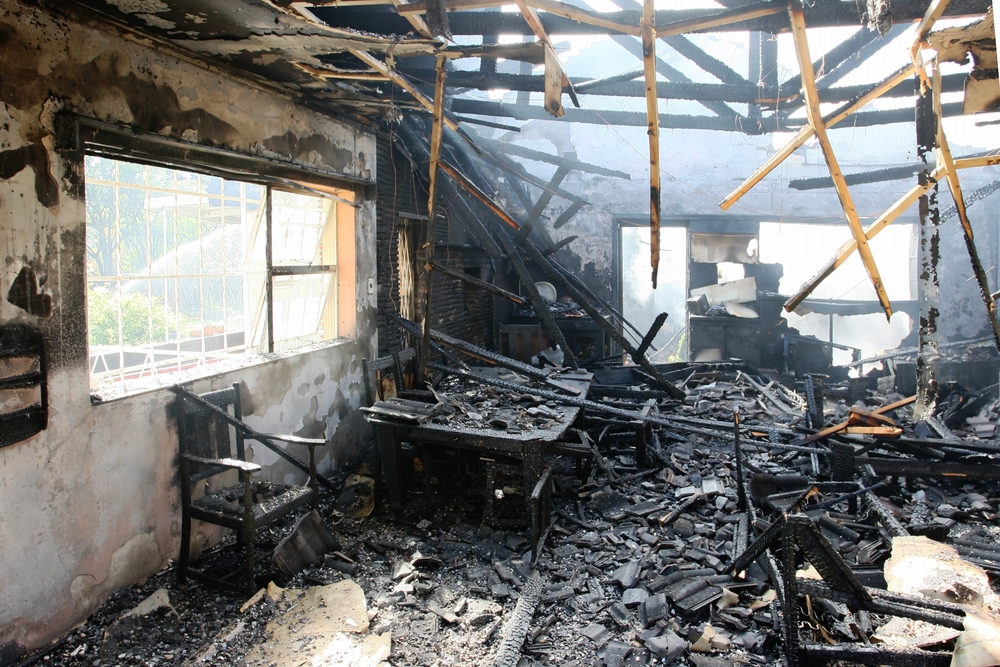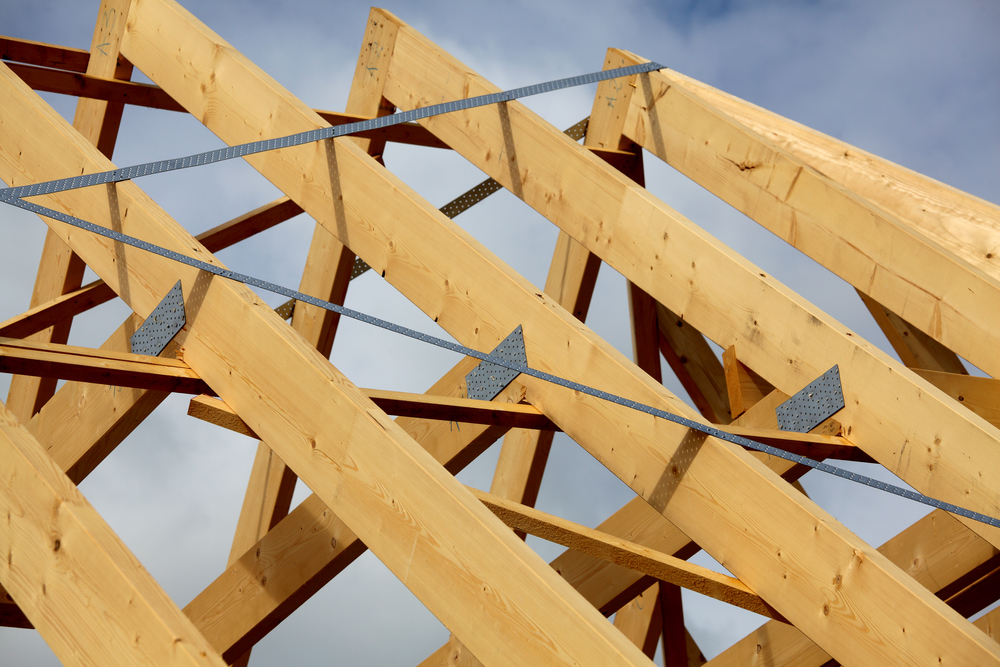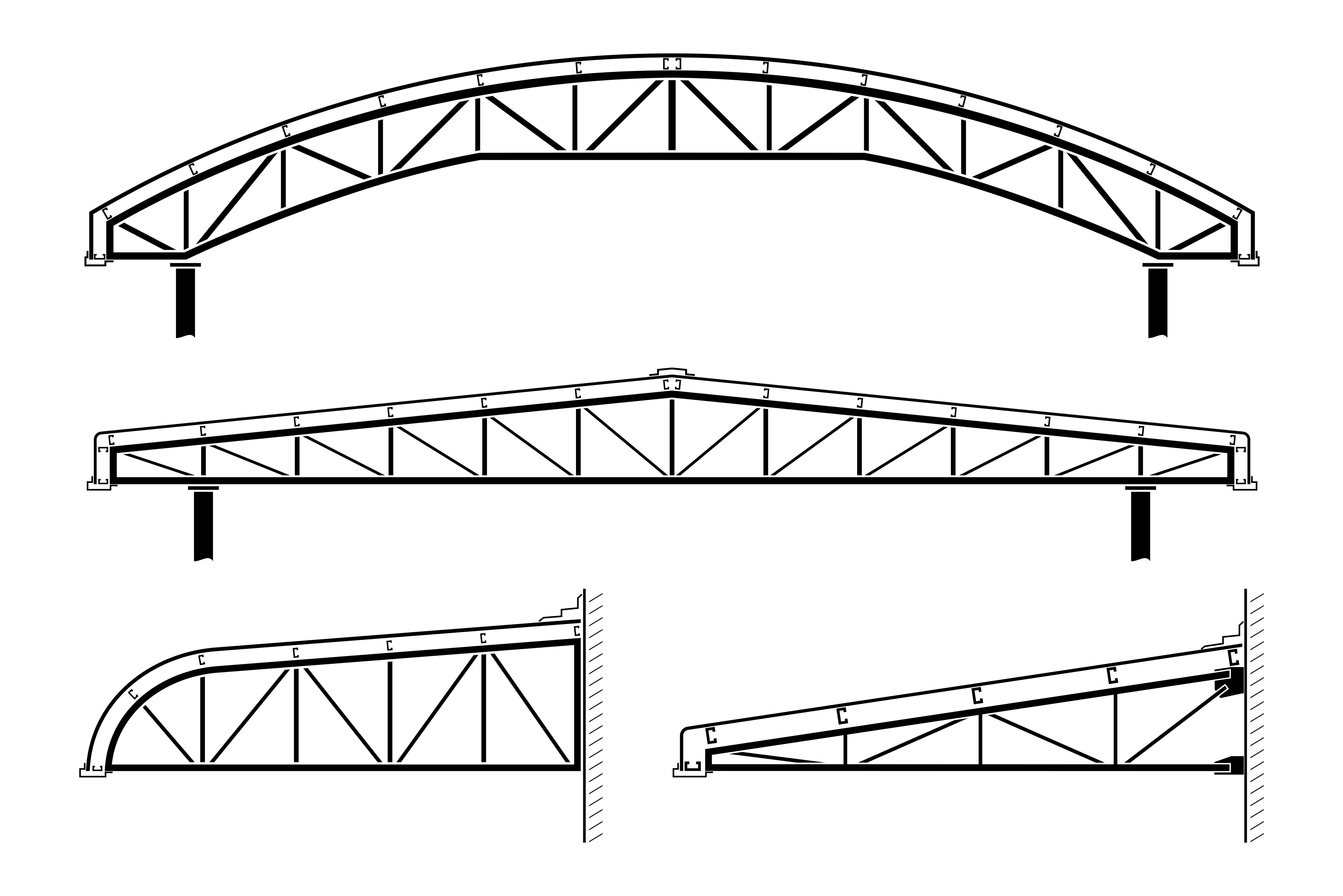Truss construction: what it is, and how to warn firefighters

Lightweight truss construction is increasingly common in modern buildings. This type of construction is heavily reliant on prefabricated parts as opposed to being built on site, using long chords at top and bottom and webs to keep the arc in place. (About ⅔ of new commercial and residential construction uses truss construction.) While lightweight truss construction is an economical and sturdy way to build a structurally sound building, lightweight truss roofs and floors are also more likely to collapse in a fire because how they are structurally engineered. In particular, if either chord fails, the likelihood of a catastrophic failure greatly increases.

When trusses fail, it can endanger the lives of emergency responders, such as in the Hackensack fire of July 1, 1988. Five New Jersey firemen died that day when a burning car dealership’s truss roof collapsed on the firemen. Such incidents are distressingly common, especially because first responders normally have no way of determining in advance whether a particular structure uses potentially dangerous truss construction.

Because of this, some government authorities have begun to require the placement warning signs at the entrances to buildings using truss construction, including the states of Florida and New York, so that firefighters can account for the potential hazards.
